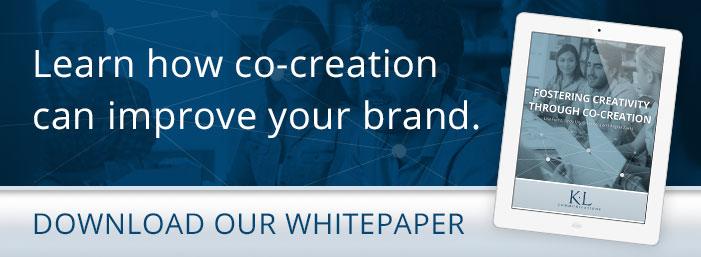
Whether you were happy with the recent election results or you’re currently searching for affordable Canadian housing options, odds are you were surprised with the results.
Well, how did the polls get it so wrong this time? Of course, there is no single factor involved. But a recent Ad Age article went so far as to place part of the blame on voters themselves.
– Ad Age (Nov. 11, 2016)
When we start blaming the public for our inaccuracies, we have gone off the rails.
Clearly, there is a whole litany of possible solutions and better-integrated solutions than our current reliance on phone polling. As Einstein wrote, the definition of insanity is; “doing the same thing over and over again and expecting a different result.”
All right, how do we replace/augment our current polling tactics? The general consensus seems to be rallying around better modeling, algorithms and passive listening. In other words, if consumers/voters won’t tell us the truth, we’ll figure it out ourselves.
Emblematic of that trend, IIeX this week is hosting “The Forum on Nonconscious Consumers” in Chicago.
Apparently, since the public is not to be trusted, our only option is to surreptitiously deduce the hidden truth via technology.
I think we’re moving in the wrong direction.
Of course, there’s a place for behavioral economics/neuromarketing/eye tracking/text analytics, but they all stink at answering the fundamental question, “Why?”
The role of MR is to help companies make better decisions (e.g. launch a product, kill a bad concept, etc.). We only get there by acting as a conduit for the consumer.
And that’s why I feel we should find ourselves more in touch with 21st-century social mores and allow for a more interactive/reciprocal relationship. Did we really ever understand the disgruntled Trump voter’s journey? Did we put them in a position to drive the car and tell us how they arrived at their viewpoint on election day? Will greater reliance on nonconscious technology answer any of those fundamental questions?
If we are to arrive at the right answer, we have to double down on our commitment to the public. We need new techniques that empower the customer, so they can feel comfortable in sharing their viewpoints.
In other words, instead of moving towards passive/reactive listening options, let’s pivot towards a proactive relationship with the public.
Our relationship with the customer should be the epicenter of finding the right answer. Technology remains a means to that end, but by no means is technology the answer in itself.
